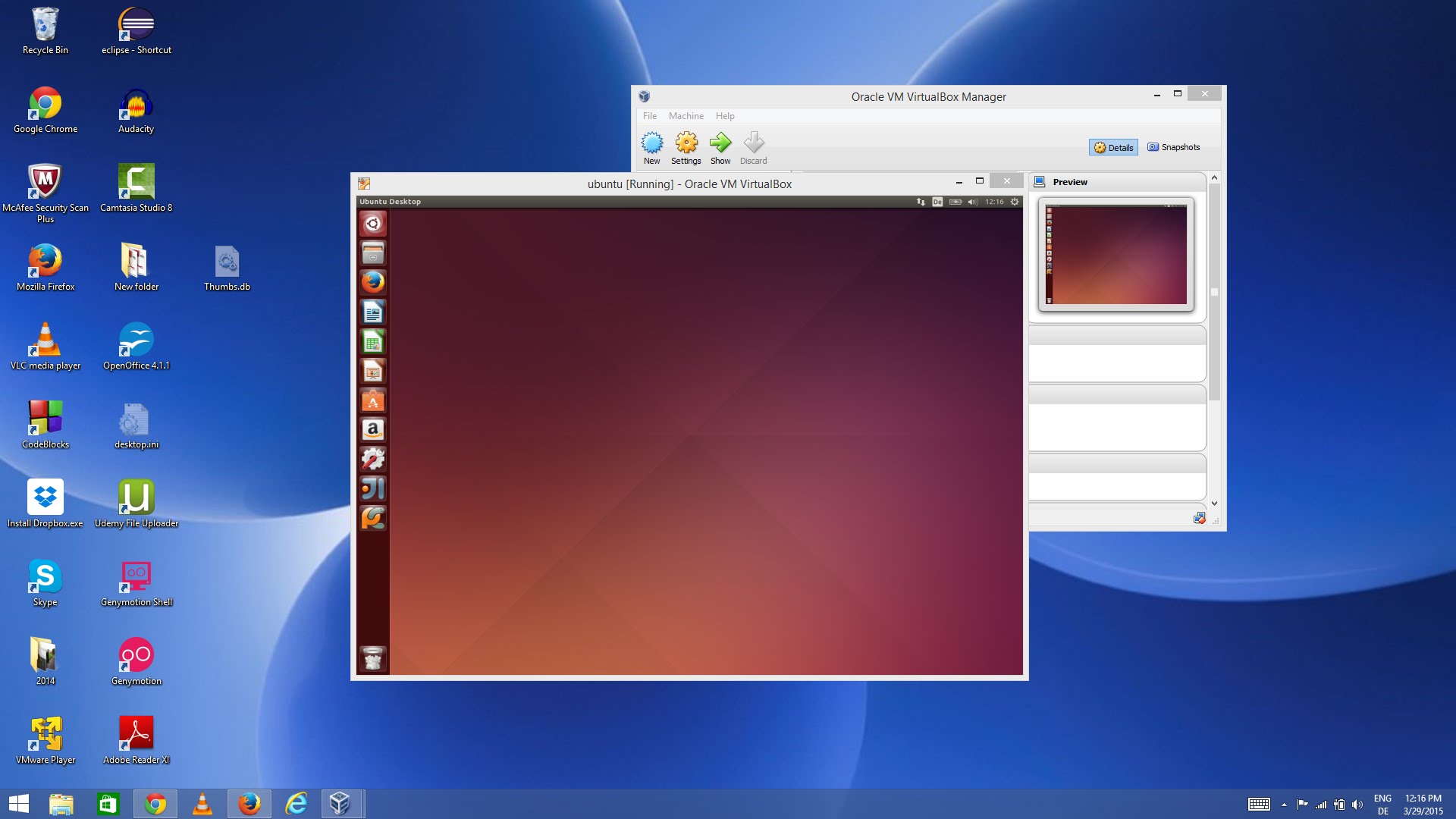


MICROSOFT TERMINAL SERVER VDI WINDOWS
We can add/remove the user interface features in Windows Server to change the way it looked, one of these the Desktop Experience option is there specifically to make Windows Server look more like Windows client and in Windows Server 2012 R2 if you add this feature option in you’ll get the Windows store just as you do in Windows 8.1. It’s important to note here that what the users see with Session Virtualization is the desktop interface delivered with Windows Server which is similar to but not the same as the Windows client interface, for example, it does have a modern UI by default. Microsoft refers to any kind of remote desktop as a Virtual Desktop and these are grouped into Collections made available to specific group users and managed as one, and a Session Collection is a group of virtual desktop based on session virtualization. This is still available alongside VDI in Windows Server 2012 R2 each user who connects to the server is granted a Remote Desktop session ( RD Session) on an RD Session Host and shares this same server-based desktop. The name was changed to Remote Desktop Services ( RDS) with the release of Windows Server 2008 R2 but actually this encompasses both VDI and what was Terminal Services and now referred to as Session Virtualization. What Terminal Services did was to provide simultaneous access to the desktop running on a server/group of servers. (For more resources related to this topic, see here.) Remote Desktop Services and VDI


 0 kommentar(er)
0 kommentar(er)
